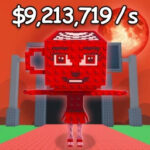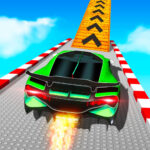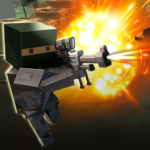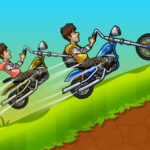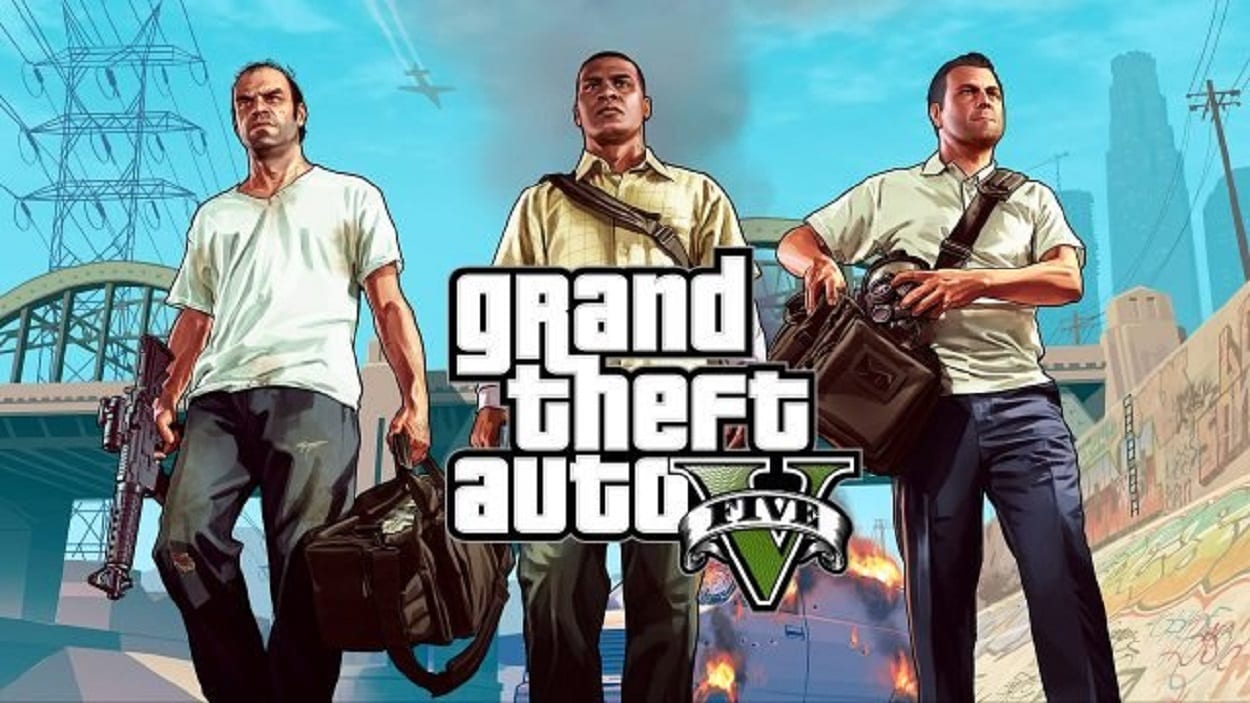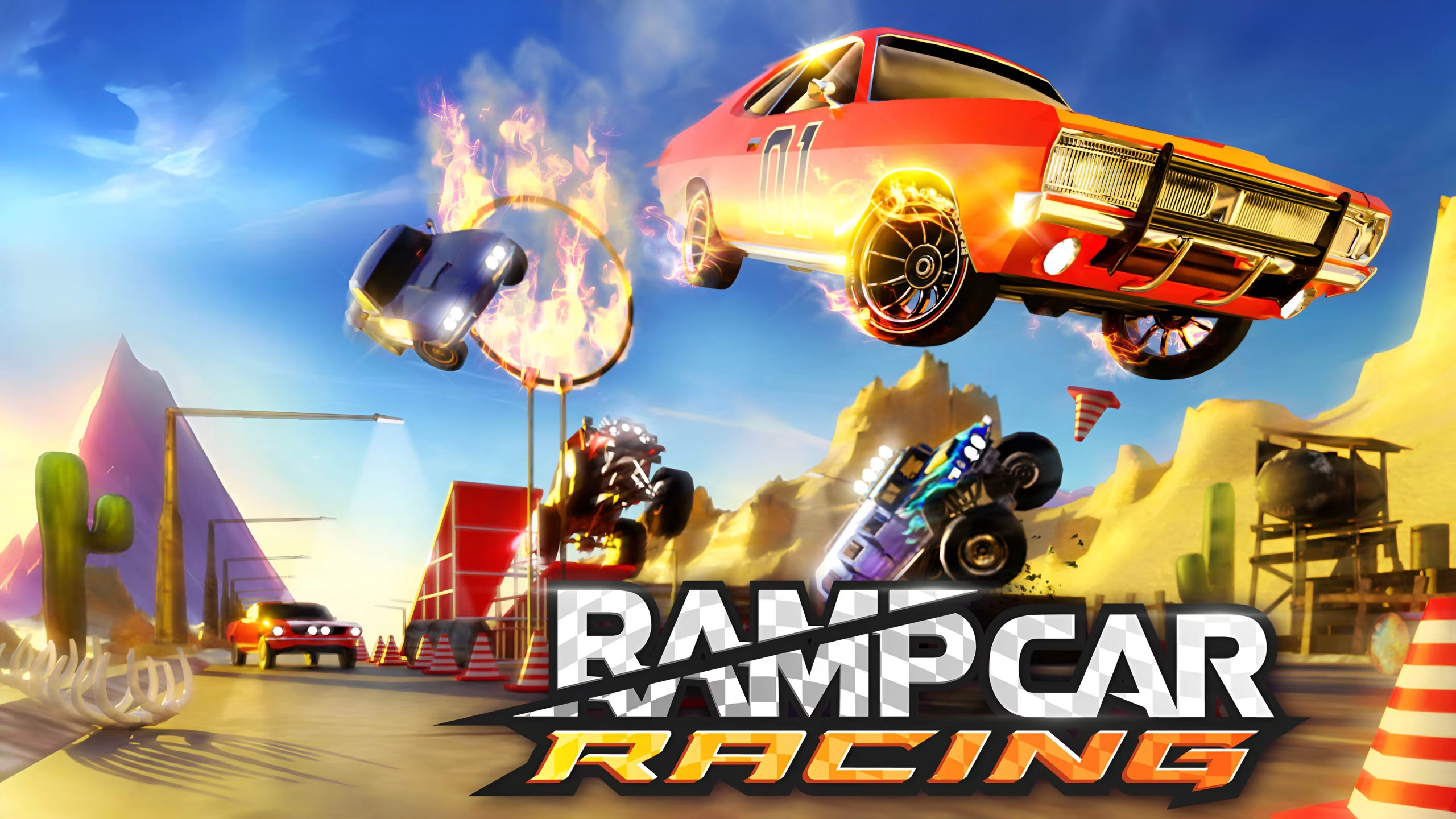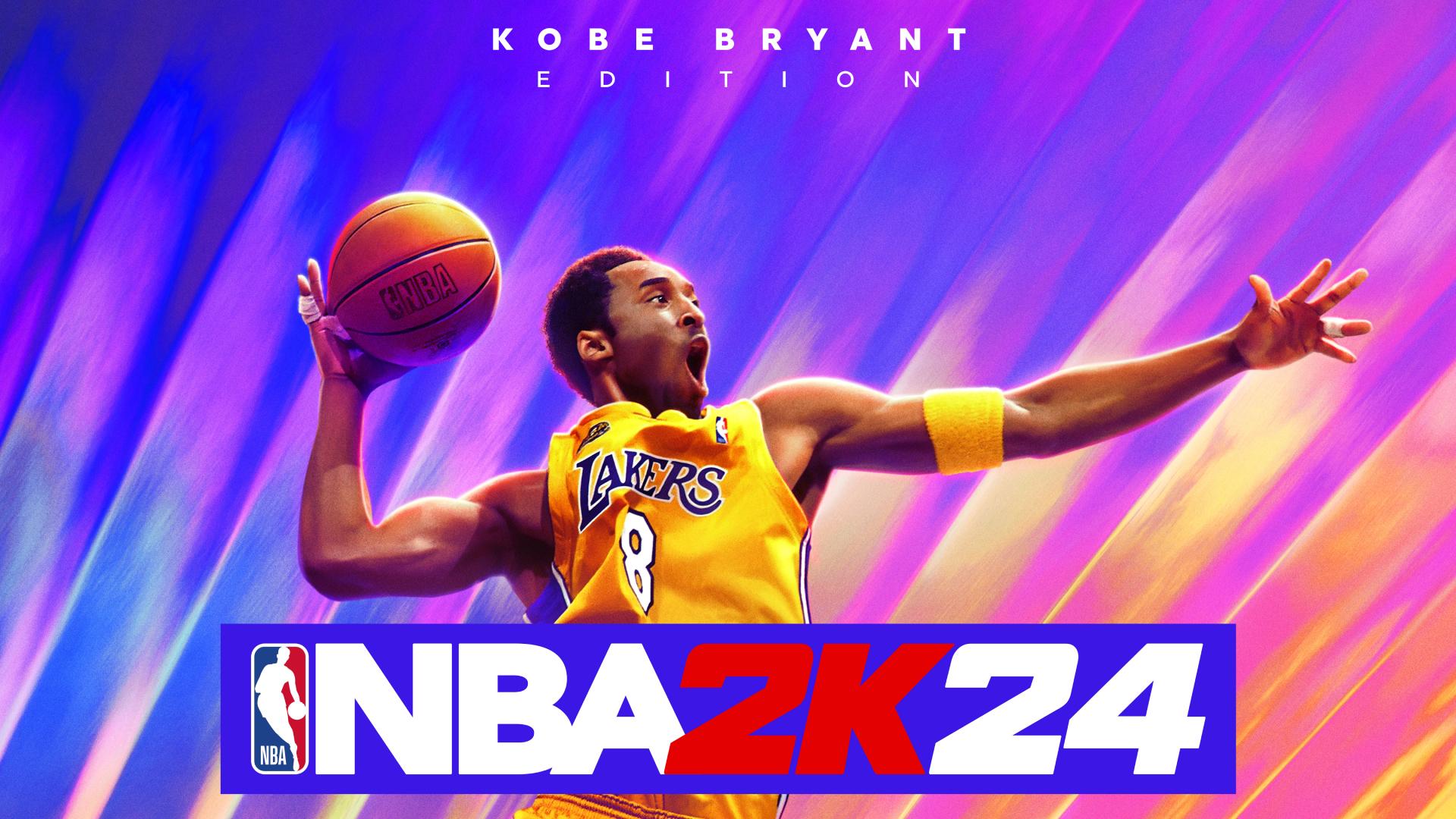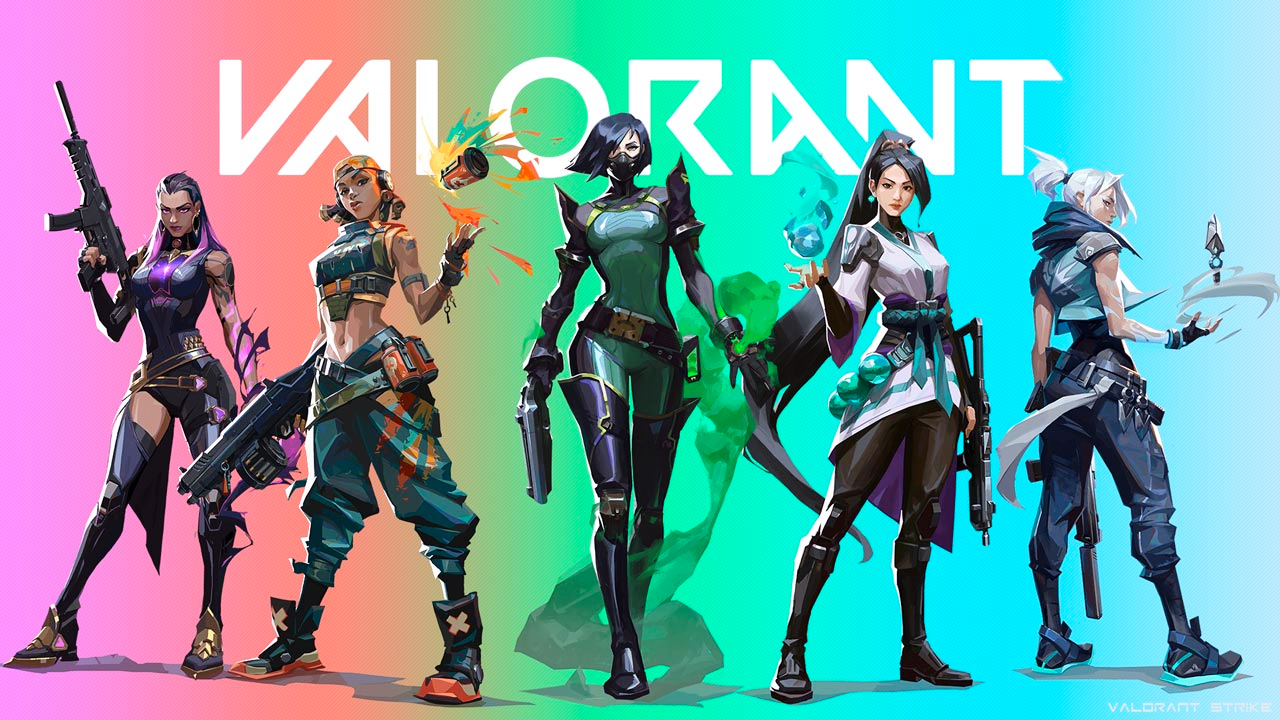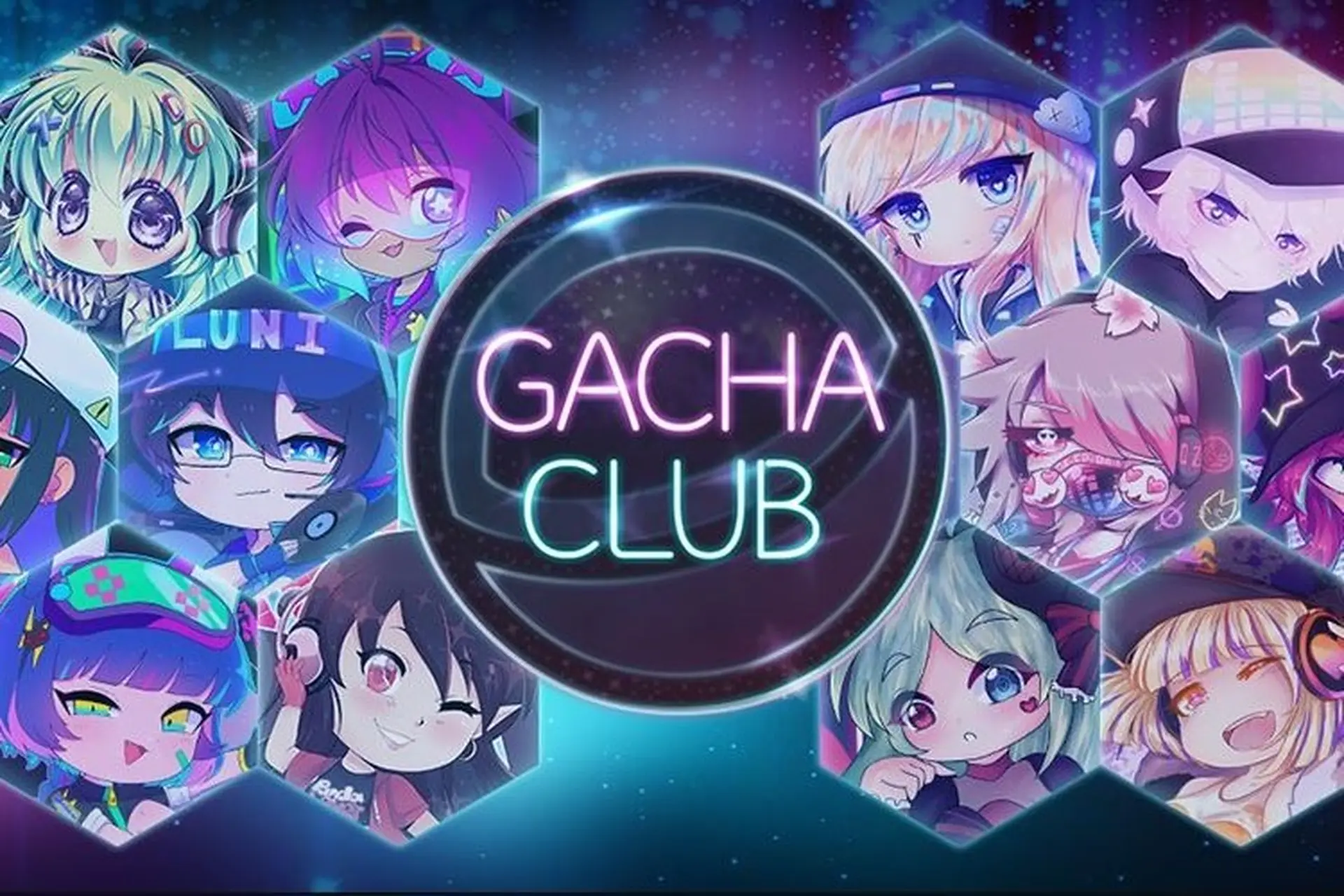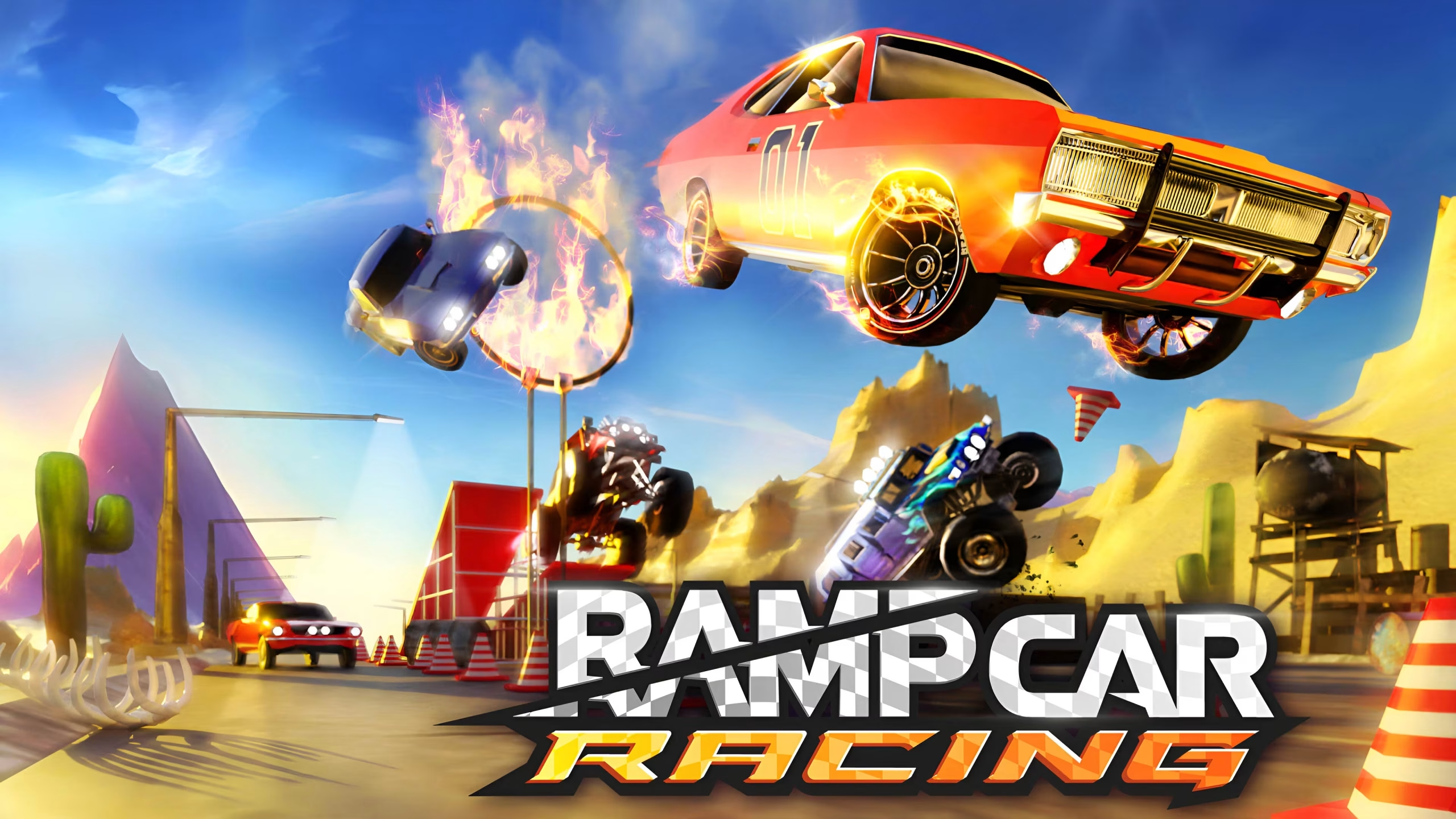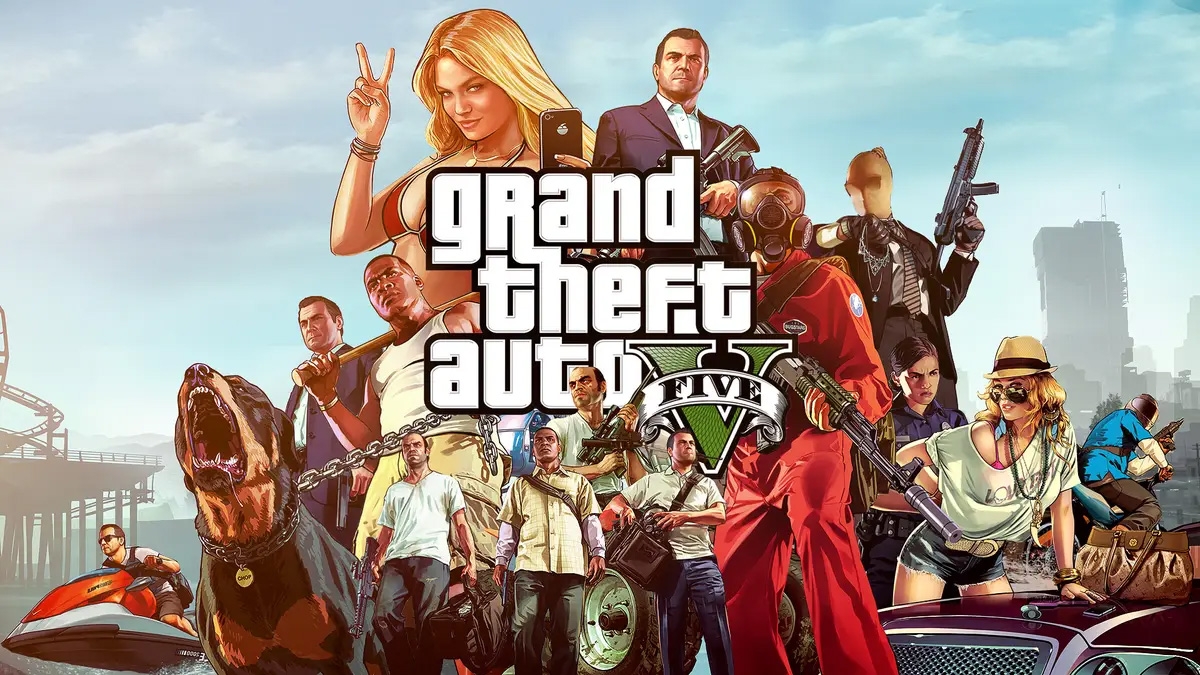Street Fighter 6: The Evolution of Modern Combat
Introduction: Redefining the Fighting Genre
Street Fighter 6 is more than just the latest installment in a legendary franchise. It’s a reinvention that successfully marries tradition with innovation. Released as the sixth mainline entry in the iconic series, SF6 delivers an experience that caters to newcomers, veterans, and professional competitors alike. With its bold visual style, intuitive new mechanics, and deep learning curve, it sets a new benchmark for fighting games in the modern era.
This game isn’t just about flashy punches and fireballs. It’s about mastery, adaptation, and constant improvement. Whether you're aiming for tournament glory or casual fun, Street Fighter 6 makes sure every punch counts and every match matters.
A Fresh Start for an Iconic Series
Street Fighter has always been synonymous with competitive fighting games. But with Street Fighter 6, the series took a bold leap forward. The game introduces a brand-new look with a more expressive art style, bringing characters to life with vibrant effects and animations. It also updates the roster with a blend of returning legends and compelling new fighters.
From day one, it was clear that this wasn’t just a continuation of old ideas. It was a ground-up rethink designed to modernize the experience while honoring the legacy. Players instantly recognized the improvement in mechanics, flow, and presentation. It was familiar—but also completely fresh.
The Drive System: A Game-Changer in Combat
At the heart of Street Fighter 6 lies its most innovative feature: the Drive System. This unified resource bar fuels a range of actions—Drive Impact, Drive Parry, Drive Rush, Overdrive, and Drive Reversal. Every player starts each round with a full Drive Gauge, turning the opening seconds of each fight into a tactical chess match.
What makes the Drive System special is its flexibility. Players can choose to play aggressively, spending their gauge on powerful attacks, or defensively, using parries and reversals to maintain control. This system not only empowers creativity but ensures that each round feels dynamic and fresh.
This mechanic encourages adaptability. Rounds become battles of strategy, not just reaction. If you burn through your Drive Meter recklessly, you're left in a weakened “Burnout” state—a high-risk, high-reward gamble that adds extra tension to every match.
Modern, Classic, and Dynamic Controls
Street Fighter 6 aims to be the most accessible game in the series, and a big part of that comes from its multiple control schemes. Players can choose from Classic, Modern, and Dynamic styles based on their skill level and comfort.
Classic controls maintain the traditional six-button layout, offering complete manual control over every move. Modern controls simplify special attacks, allowing players to perform complex maneuvers with single-button combinations. Dynamic controls, on the other hand, provide a semi-automated system primarily for casual players or those just starting out.
This flexibility is a game-changer. For years, Street Fighter was known for its steep learning curve. Now, the barrier to entry has been significantly lowered without sacrificing depth. Pros can still dive deep into frame data and optimal punishes, while newcomers can enjoy immediate access to the fun.
World Tour Mode: A Full RPG Experience
For the first time, Street Fighter introduces an expansive single-player mode that feels more like an RPG than a traditional fighter. World Tour mode lets players create their own character and explore vast urban environments, learning moves from iconic fighters and battling enemies across open-world maps.
This mode is more than a side activity. It serves as a deep tutorial that gradually teaches the game's mechanics while also offering a rich narrative and a chance to engage with the universe beyond the ring. Players can customize their avatar’s style, learn signature moves from masters, and build relationships with classic characters.
World Tour adds value for those who want more than online battles. It brings personality, exploration, and long-term goals into a genre that often struggles with single-player content.
Battle Hub: A Social Center for the FGC
Street Fighter 6 introduces the Battle Hub—a massive online space where players from around the world can gather, chat, fight, and celebrate their shared love for the game. Here, you don’t just queue into ranked matches. You sit at arcade cabinets, challenge nearby players, and even play retro Capcom titles.
The Battle Hub reimagines online lobbies by giving them life and identity. Players can show off their customized avatars, join live tournaments, and even spectate ongoing matches in real time. It transforms the online experience from a cold, menu-driven affair into a vibrant, living community.
For fighting game fans, this is revolutionary. The sense of belonging and competition found in arcades of old is reborn here—digitally and globally.
Character Roster and Evolution
Street Fighter 6 launches with a diverse roster that includes both iconic veterans and exciting newcomers. Characters like Ryu, Chun-Li, and Guile are joined by new faces like Kimberly, JP, and Manon. Each fighter brings unique mechanics and playstyles to the table, ensuring that there’s something for every kind of player.
The game’s character design emphasizes both personality and function. From a visual standpoint, characters look better than ever thanks to detailed animations and expressive movement. But beyond aesthetics, each character feels mechanically distinct, rewarding experimentation and learning.
Ongoing seasonal updates add even more fighters, keeping the meta fresh and ensuring the game continues to evolve long after release.
Technical Precision and Training Tools
Street Fighter 6 is arguably the most polished and technically precise entry in the franchise. Hitboxes are clean, movement is tight, and inputs are responsive. But perhaps most impressive is the suite of training tools available to players.
The game offers frame data visualization, input tracking, punish guides, combo trials, and even AI-generated tutorials. Players can create custom training scenarios to simulate real match situations and improve specific skills.
For competitive players, these tools are invaluable. For new players, they offer a path to improvement that’s approachable and intuitive. Whether you’re grinding for rank or just want to beat your friends, Street Fighter 6 gives you everything you need to level up.
Graphics and Audio: Style Meets Substance
Street Fighter 6 delivers a bold, street-inspired visual identity that blends graffiti art with cinematic flair. The game explodes with color, motion, and personality. Hits feel impactful, characters emote vividly, and every stage feels alive with energy.
Audio design is equally impressive. The soundtrack combines hip-hop, electronic, and traditional Street Fighter motifs into a fresh soundscape that complements the game’s urban feel. Punches land with satisfying crunches, and super moves are accompanied by booming effects and dynamic camera angles.
All these elements come together to create an audiovisual experience that’s stylish, modern, and unmistakably Street Fighter.
Esports and Competitive Viability
Street Fighter has always had a place in esports, and Street Fighter 6 strengthens that legacy. With its rollback netcode, crossplay support, and ranked ladders, the game is built for high-level competition.
Major tournaments like EVO and Capcom Pro Tour now feature SF6 as a headline title. The competitive scene has embraced the new mechanics and balance, and early match footage shows a healthy diversity of playstyles and character picks.
More importantly, Capcom has shown a commitment to supporting the competitive community through regular balance patches, event funding, and infrastructure improvements. SF6 is not just playable at a high level—it thrives there.
Long-Term Content and Community Support
Street Fighter 6 is designed as a live service game, with seasonal roadmaps, cosmetic content, and new characters introduced regularly. This structure ensures longevity and gives players a reason to return.
The developers maintain communication with the community, listening to feedback and adjusting mechanics when necessary. Balance patches are informed by tournament data and ranked statistics, keeping the meta evolving in a healthy way.
The community around SF6 is thriving. Streamers, content creators, casual players, and pros all contribute to a vibrant ecosystem that supports learning, discussion, and competition. Street Fighter 6 isn’t just a game—it’s a growing culture.
Final Rating: 9.2/10
Street Fighter 6 manages to do what many reboots fail to achieve: honor its legacy while pushing the genre forward. It's not just a sequel—it's a statement. From the revolutionary Drive System to its rich content offerings and vibrant presentation, SF6 is a complete package that sets a new gold standard for fighting games.








